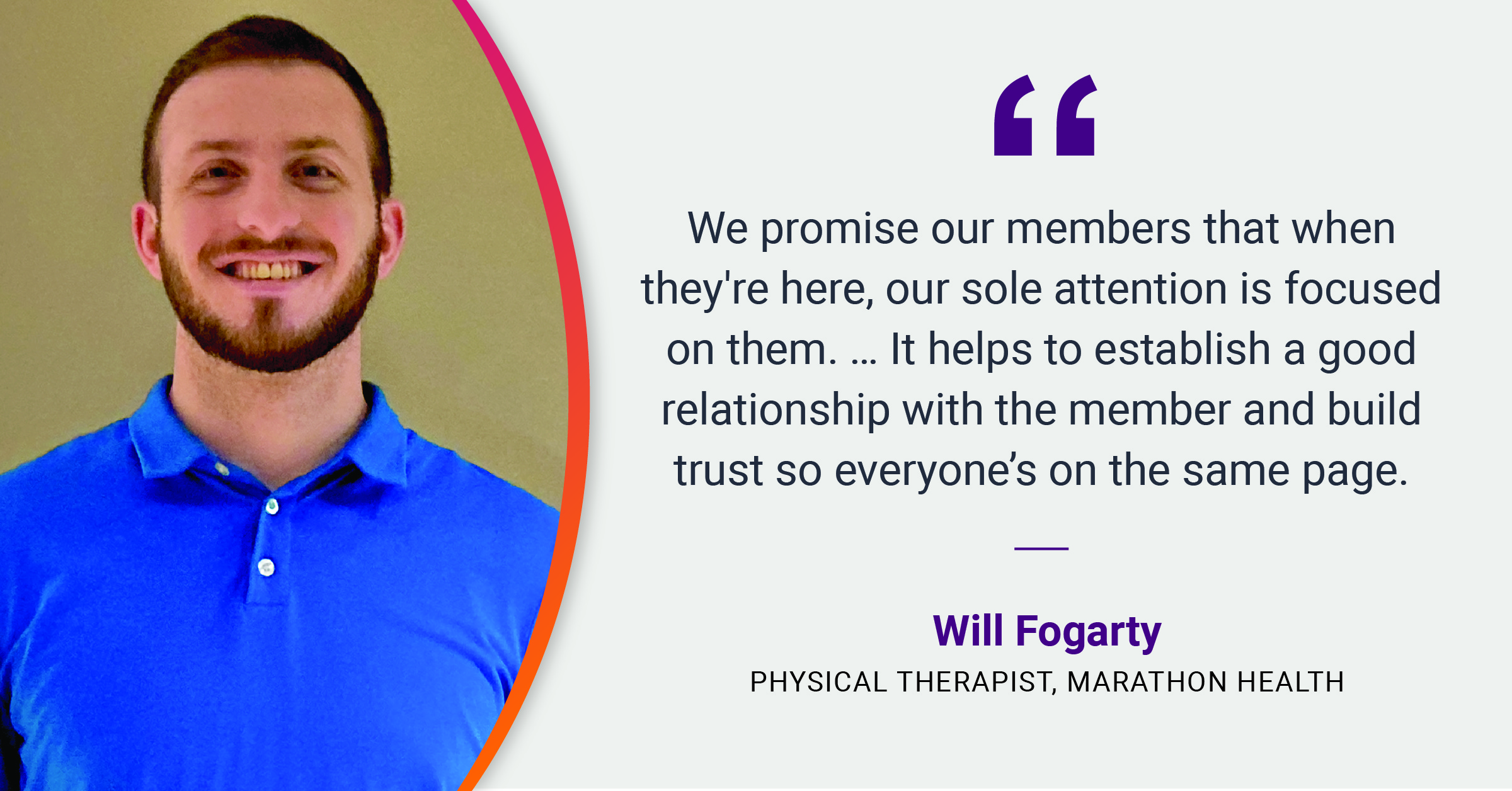Conducting an ergonomic assessment can help to identify trends in workplace injuries and any absence of resources or training for productive operations. As a result, employers are able to provide an adequate environment and best practices necessary for employees to complete their job duties successfully.
Recent studies have revealed disturbing risks associated with prolonged sitting and poor activity, as it relates to workplace environments. Such risks include heart attack, fatigue, back pain, tendinitis, and carpal tunnel among other injuries. The key solution for reducing such risks is often greater than yoga ball chairs and standing desks.
Building the Foundation for an Ergonomic Assessment
Before conducting this evaluation, it is important to understand the most common physical areas effected by work-related injury.
Ergonomic practices generally focus on supporting the neck, shoulders, joints (elbows, wrists, and knees), lower back, and legs. Long-term repetition, exertion, as well as poor posture can influence each of these focus areas. Excessive bending, lifting, twisting, arching, or reaching can cause fatigue and even damage muscle groups associated with each of the focus areas.
Ergonomic Assessment Only Takes Two Steps
1. Physical Assessment
With this foundation, the first step of an ergonomic assessment will be to understand the physical demands associated with each job in order to help to identify any potential risks or areas for improvement. This step can be completed by performing a facility tour and observation of each department.
The physical demands required will likely differ across job roles and industries. For example, employees who primarily work in an office environment may require adjustments to their work station while employees who work in production may require specific training or additional equipment to avoid exertion and fatigue.
Ergonomic standards for office environments require a monitor to be at eye level to avoid an arching back or neck, wrists must be able to lay comfortably when typing, shoulders should be relaxed and parallel from a sitting or standing position, and feet should be flat on the floor. Providing adjustable desks and chairs will allow employees to customize the appropriate height and position for working while seated or standing.
Employees who are required to complete physical labor may also benefit from adjustable control stations as well as carts or dollies to reduce the impact of lifting or carrying heavy materials. Exertion may be reduced by rotating physical duties and providing stretch breaks throughout the day. Employees should always be trained on proper form and range of motion in order to prevent exhaustion and injury.
2. Understanding Employees’ Injury History
Alongside a physical audit of the workplace environment, it is important to review the history of injuries throughout the population. This step can be completed by accessing information collected through claims data as well as a surveying employees directly. The occurrences identified can help educate and prioritize procedures and establish resources.
Understanding the Benefits of an Ergonomic Assessment
Among the benefits of conducting an ergonomic assessment, employers can expect to see a reduction in costs associated with workplace injuries as well as an improvement in the productivity of daily operations. By providing the appropriate tools and technique, employees will feel less taxed throughout the day, which can contribute to greater focus and quality of work. In addition, regular assessments will help to establish a safe and positive culture throughout the company crucial for maintaining employee satisfaction and retention overall.
You might also like
Subscribe to our newsletter and stay on the cutting edge of worksite healthcare.










